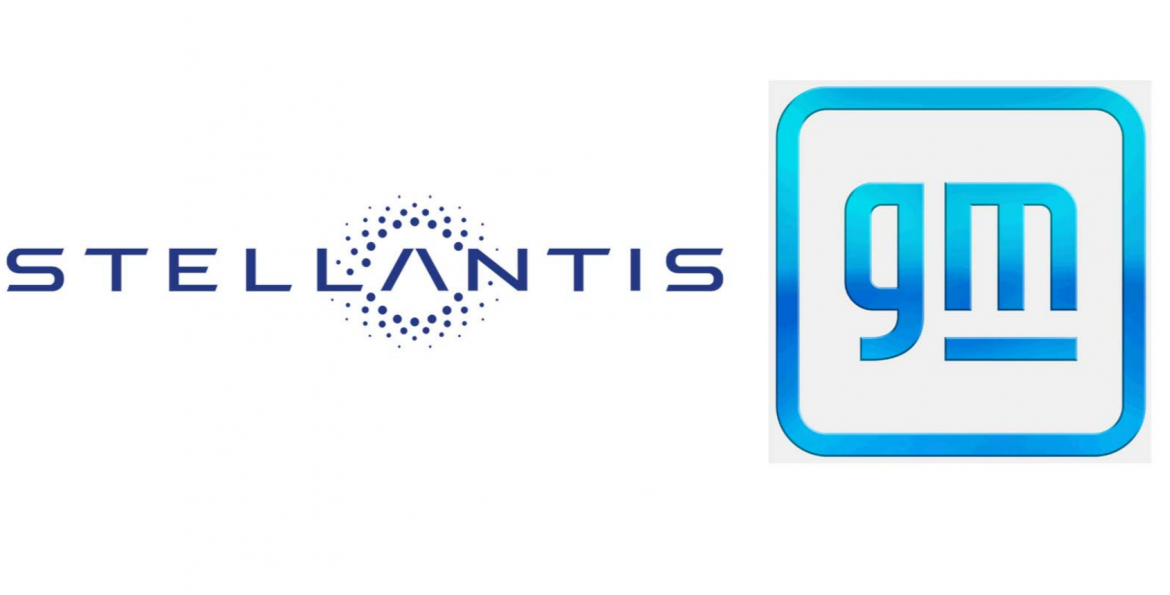In an effort to end a six-week-long strike by the United Auto Workers (UAW), General Motors (GM) and Stellantis, the parent company of Chrysler, have entered intensive discussions. This move comes a day after Ford Motor reached a tentative contract agreement, becoming the first of Detroit’s Big Three car manufacturers to make progress towards resolving the strikes that have involved 45,000 workers since mid-September. The UAW is meeting with GM and Stellantis, and both parties are working towards reaching an agreement, with GM and the UAW making significant headway on economic issues.
Ford’s Landmark Agreement Sets a Pattern
The Ford agreement, though pending ratification by union members, serves as a milestone and is likely to establish a pattern for negotiations with GM and Stellantis. It includes a 25% wage increase over the 4.5-year contract, higher retirement contributions, and the removal of lower-pay tiers for certain workers in Ford’s parts operations. Additionally, the time to reach top pay has been reduced from eight years to three, and the UAW has secured the right to strike over plant closures. Ford Chief Financial Officer John Lawler reported that the strike cost the automaker $1.3 billion in earnings and led to the loss of 80,000 vehicles. Restarting production in the idled assembly plants will be a complex process, and the labor deal will add $850 to $900 per vehicle in higher labor costs for U.S. production.
UAW’s Victory and Ongoing Concerns
This agreement stands as a significant victory for labor, as various industries, including rail, entertainment, shipping, and casinos, have seen workers walk out or threaten strikes throughout the year. However, an important issue that remains unresolved is the fate of battery plant workers, which was not discussed when the deal was outlined. Last month, Ford CEO Jim Farley accused the UAW of using the labor deal as leverage to force the automaker to pay workers at new battery plants the same top wages as assembly plant workers. The agreement reverses concessions made in contracts since 2007 when GM and Chrysler were facing bankruptcy, and Ford was struggling to stay afloat. Despite these gains, it falls short of the UAW’s initial demands, which included a 40% pay increase, a 32-hour workweek, and the return of defined benefit pensions.
Balancing Competitiveness
The automakers are now in a better financial position, but they have expressed concerns that substantial pay increases could impact their competitiveness against lower-cost manufacturers like Tesla, a leading electric vehicle seller. When considering compounding and cost-of-living adjustments, the deal translates into total pay raises of more than 33%, according to the UAW.
“We know it breaks records,” said UAW President Shawn Fain in a video address. “We know it will change lives. But what happens next is up to you all.”
As the ratification process proceeds, the UAW has instructed Ford workers currently on strike to return to their jobs, potentially allowing the restart of production for Ford Super Duty pickups, Ford Bronco and Explorer SUVs, and Ranger trucks this week. Ford CEO Jim Farley expressed his satisfaction with the tentative agreement, marking a significant step forward in labor negotiations.



